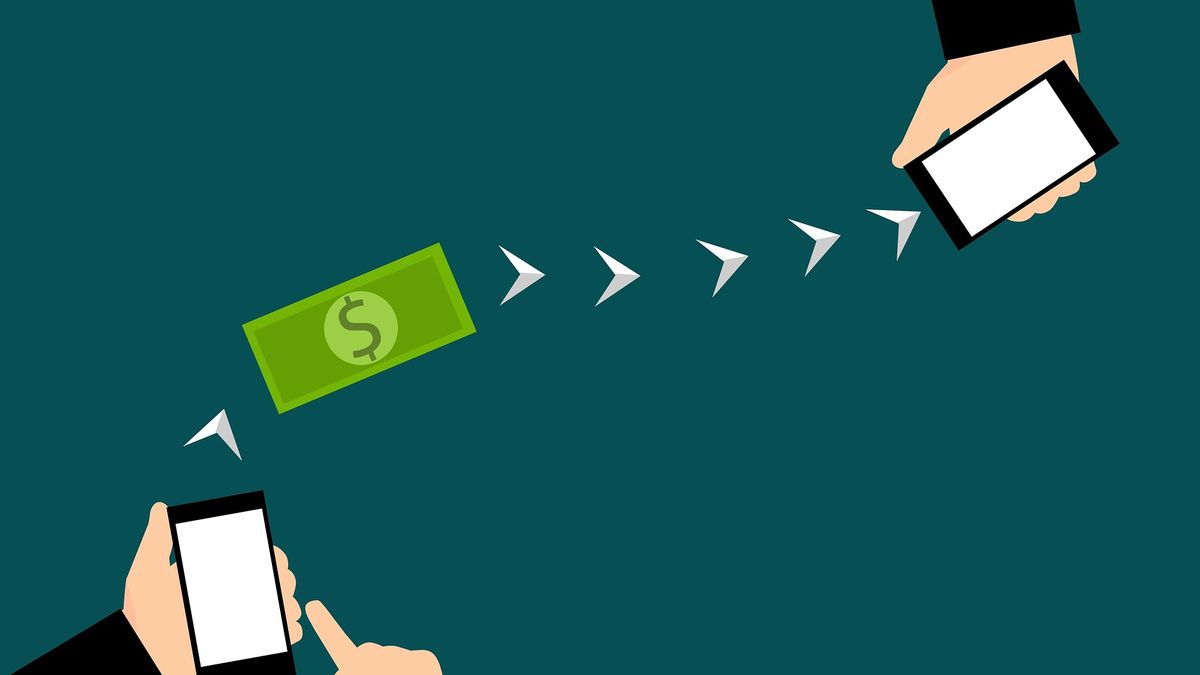embedded
Users report delays and failures with bank applications
Also on payment platforms: “There are some delays in the transfer system, which are being credited late. The money movements will be updated when the problem is solved.” pic.twitter.com/WLYB5zPSAR– Mauro Albornoz (@Mau_Albornoz) July 5, 2022
Yesterday, many users who wanted to buy dollar savings or make movements with their finances found saturated pages in financial entities. In addition, there were numerous complaints on social networks warning that the bank’s applications were down.
These episodes were added to the “virtual” queue that began on Friday to enter home banking and buy dollar savings.
During the financial crisis of 2019, it was a common image: Faced with a day of uncertainty in the foreign exchange market, savers turned to making inquiries and operations in their banking and homebanking apps, and many of them responded with falls.
Some entities came to incorporate the system of “virtual queue” to manage the large number of visits they saw in a few minutes.
This Monday, and in the midst of the financial stress that made the blue jump more than $40 (although at the close it moderated the spike to half), bank customers encountered those messages again when trying to carry out their usual operations.
In the main banks they clarified that the problems to operate do not respond to the economic context and the uncertainty generated by the arrival of Silvina Batakis at the Ministry of Economy, but to a technical topic.
“When we believe that there may be more inquiries to online banking or a greater number of operations, we put the queue online”They said from a private entity. They explained that if thousands of people enter at the same time, the entire system can go down, which is why those waiting lines were designed.
The online line allows you to manage the income, and that everyone is served without system failure. That’s what it is for, despite some unfounded criticism online.
Unlike what happened in 2019, now there are few savers who can buy the “solidarity dollar”.
Due to restrictions on the dollar, only one million workers can access the $200 monthly quota.
With the acceleration of the blue in recent days and the jump that the informal exchange rate hit this Monday, the solidary looks attractive: it is trading $42 cheaper than the blue, which closed at $260 (after touching an intraday record of $280). That is why many savers want to try to verify if they can buy the US currency in the official market and this puts pressure on the banks’ systems.
Source: Ambito
David William is a talented author who has made a name for himself in the world of writing. He is a professional author who writes on a wide range of topics, from general interest to opinion news. David is currently working as a writer at 24 hours worlds where he brings his unique perspective and in-depth research to his articles, making them both informative and engaging.




